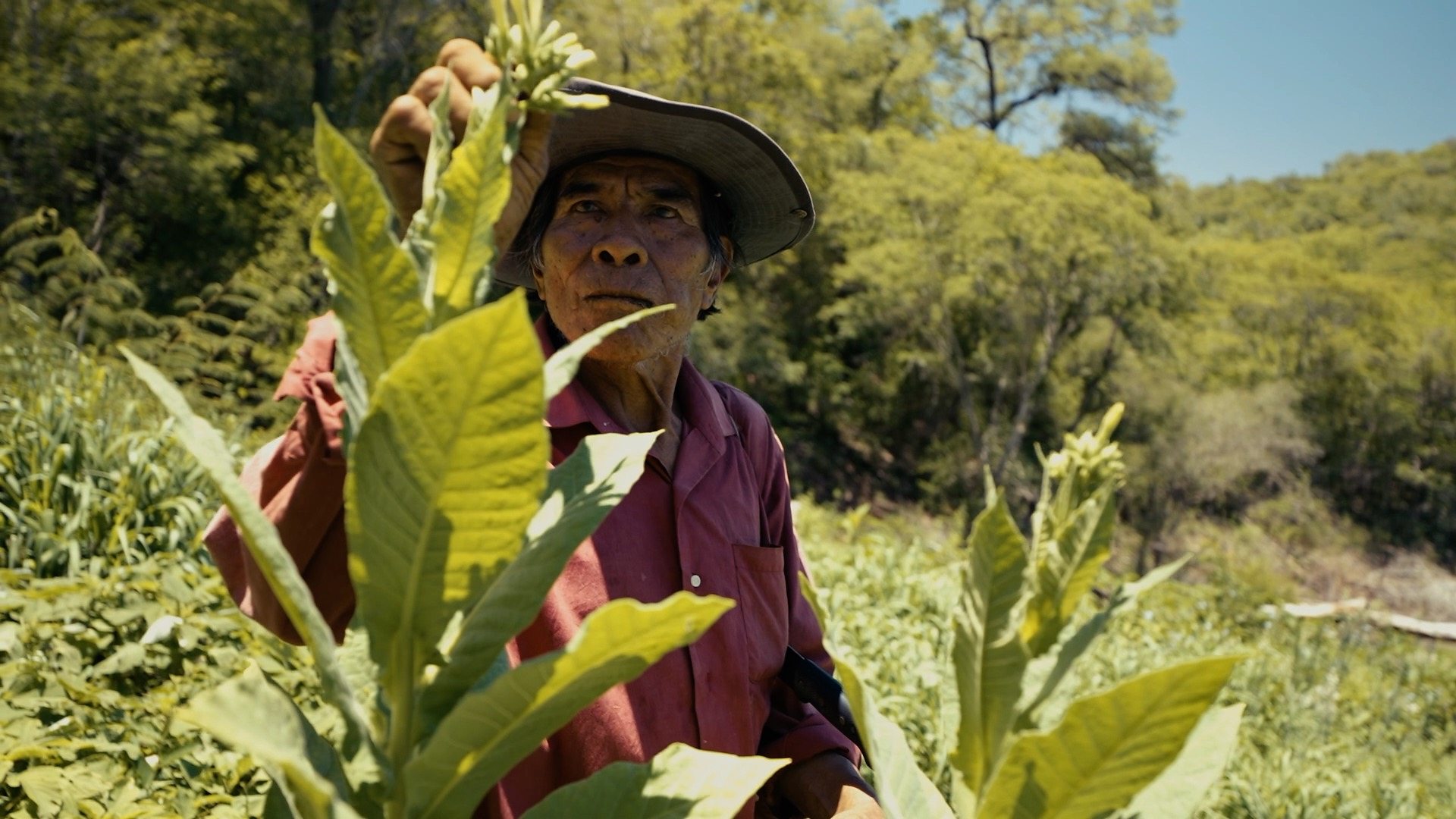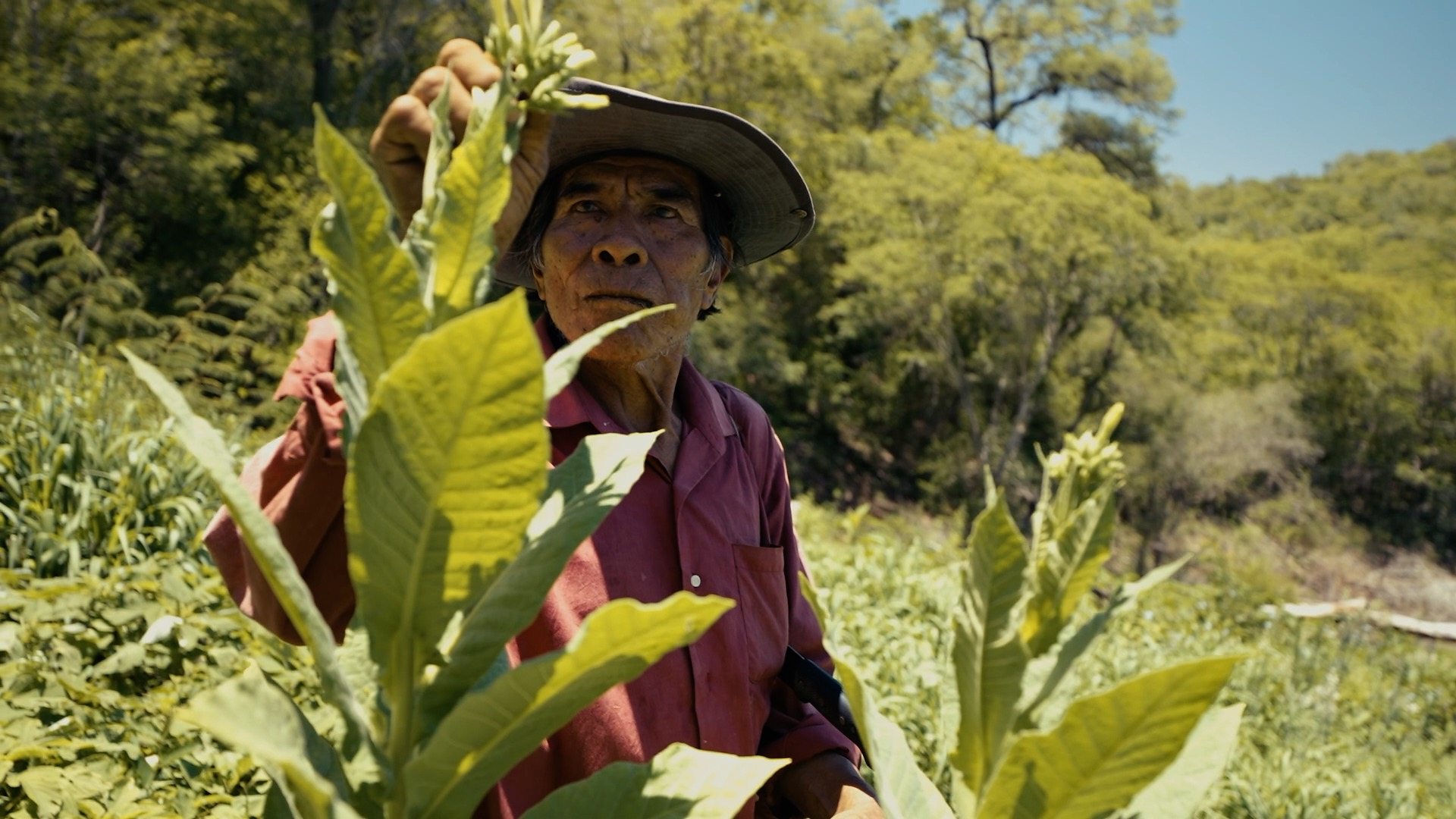
Yields from the fields
Helped by a fair yield and excellent quality leaf, tobacco gross income topped the list of local farm products in 2017.
The estimated total gross income in Wilson County from the sale of farm products in the year was $141,403,967.
Norman Harrell, director of the North Carolina Cooperative Extension office in Wilson County, calculated the estimates based on the vast majority of farm products reported at the end of the year.
“This would be my estimates of the yield that was generated in the county times an average selling price per commodity,” Harrell said. “We’re close to finishing it but we are not completely finished. We’re down to just a few minor crops, so the bulk of it is complete. It probably won’t go up a whole lot because we’re down to some smaller acreage crops.”
The top three products were flue-cured tobacco at $49,215,769, nursery and greenhouse plants at $32,100,000 and sweet potatoes at $20,650,000.
“The tobacco crop this year, we had pretty much an average yield, but we had outstanding quality, so that really helped with the 2017 tobacco crop — particularly for the growers being able to sell their crop,” Harrell said.
Yield was 2,519 pounds per acre. Tobacco farmers planted 9,818 acres this year in Wilson County. The average price for tobacco was $1.99 per pound.
Tobacco earnings for the year were more in line with the $47,276,207 income in 2015. The year 2016 was way down in earnings at $37,181,997 due to low yields and poor-quality leaf.
“We have had two challenging years in ’15 and particularly ’16, so this year is a more normal yield. We really needed 2017 to happen,” Harrell said. “This year helped make up for the two prior years.”
Nurseries and greenhouses, which had gross income of $32.1 million, were down from the $47.9 million earned in 2016, and the $53.3 million of gross income in 2015.
According to Cyndi Lauderdale, horticulture agent for the North Carolina Cooperative Extension office in Wilson County, the dip in earnings from nurseries and greenhouses was due to two factors.
Intense rains and floods in April caused the loss of many plants at the Fair View Nursery.
“We have also had the restructuring out at Gardens Alive,” Lauderdale said. “It was during that interim that not much sales were going on.”
Gardens Alive, formerly Zelenka, is the largest nursery and greenhouse operation in Wilson County.
“During that process, they downsized as they got their new managers in and things like that, so they are now back on a growing cycle,”
Sweet potatoes earned the third-highest gross income with $20.6 million for the year. Yield in 2017 was 425 bushels per acre.
“We had a pretty good year, but the only downfall was the price,” said Tommy Batts, commercial horticulture agent for the North Carolina Cooperative Extension office in Wilson. “We had a saturated market so the price wasn’t very high.”
The earnings in 2016 were $44.3 million and in 2015, they were $42 million.
The $24 million decrease in 2017 was because the calculation methodology was changed.
“We wanted to look at the farm value of sweet potatoes as they leave the field. After they are packed, they have a higher value, but all the growers of sweet potatoes don’t necessarily capture that value,” Harrell said. “So I think the number previously would have included an average packed-out number for sweet potatoes where as we are now using an average value, like a farm gate value. That’s the reason you see such a big decrease. We have changed the methodology, but the price of sweet potatoes has gone down a lot, so that is kind of a twofold reason why we see that change in sweet potato income.”
Wilson County had 9,800 acres of sweet potatoes planted in 2017, which is down from 10,400 acres in 2016.
“It is an extremely important commodity in the county. We changed a little bit how we are reporting it, plus a decrease in price.” Harrell said.
Soybeans earned a gross income of $14,379,886 for the year. That is up slightly from the $12.4 million in 2016 and the $9.3 million in 2015.
There were 34,000 acres of soybeans planted in Wilson County in 2017. About 40 percent of the farmland in Wilson County is planted in soybeans.
“That’s our largest acreage crop in the county and I believe we saw a modest increase in acres this year,” Harrell said.
Wilson County soybean fields had a yield of 42 bushels per acre.
“That’s a good yield,” Harrell said. “The national average is 49, so it would be nice to be getting up to the national average, but it’s good for our area.”
Corn had gross sales of $5,099,567 in 2017. In 2016, corn sales were higher at $8.1 million and in 2015, gross sales were $2.8 million. Corn had a yield of 130 bushels per acre in 2017.
“We had a slightly above-average corn yield this year. We saw some acres shifted out of corn and that’s why we saw the numbers drop, and the yield was less than last year,” Harrell said. “We had a really good corn year last year. We are back to more typical corn yields for our area now.”
Cotton had gross sales of $4,930,585 in 2017.
“We finally saw the return of yields that we should make in cotton, a little better than normal, which is two bales per acre.,” Harrell said. “That’s where we need to be with cotton. We saw the income numbers increase significantly for cotton, but it was primarily due to good yields and an increase in acres.”
In Wilson County, there were 7,329 acres of cotton planted, which is up from the 3,762 acres planted in 2016. Yield on cotton was 1,035 pounds of lint per acre.
Wilson had the potential to produce as many as 8,181 bales from Wilson County in 2017.
The Silver Lake Growers Cotton Gin reported producing 22,000 bales of lint when it ceased operation for the year on Dec. 14. The gin brings in cotton grown in Lenoir, Nash, Wilson, Edgecombe and Johnston counties.
Peanuts had gross income of $2,344,508 in 2017. That is a modest increase over the $2.1 million in 2016 and higher than the $1.6 million in 2015.
“We’ve got a pretty good peanut year. The peanut specialist at North Carolina State has estimated the North Carolina peanut crop at 4,100 pounds per acre. I wouldn’t be surprised if Wilson County did a little better than that,” Harrell said. “The peanuts that I have seen have looked good and the growers that I have talked to have indicated good yields. Good weather conditions and good management have relayed into some good yields.”
Yield is 4,097 pounds per acre, two tons to the acre. Wilson County had 2,500 acres in peanuts in 2017.
Wheat earned $1,604,344 in Wilson County in 2017. Yield was 60 bushels per acre.
“If you look at the wheat numbers, 2016 was the worst wheat year I have ever seen. It was horrible,” Harrell said. “That’s why that number is so low. The wheat yield last year for 2016 was 30 bushels compared to 60 this year.”
Harrell blames the weather.
“It was all too much water and growers were not able to get their crop out in a timely fashion,” Harrell said. “The excessive water led to disease problems and it was just bad.”
Grain sorghum earned a gross income of $55,000 in Wilson this year.
“It is a crop that we have struggled to make money on because of low commodity prices and a new insect that we have to spray for,” Harrell said. “We dropped down from 700 acres last year to 253 acres this past year. We just do a little dabble,” Harrell said. “It’s a wonderful crop, but the profitability has just made it where there is just not a lot of it planted.”
Wilson grew a few scant acres of oats and rye.
“For the most part, those crops are planted to either feed horses or planted for cover crop,” Harrell said. “They are really not any income generated from rye and oats.”
Batts said that cucumbers earned $1,800,000 for Wilson County farmers in 2017. The county had 340 acres of cucumbers, mostly pickling cucumbers, and had a yield of between 300 and 325 bushels per acre.
Numbers are incomplete for other fruits and vegetables.
“We had 560 acres of watermelons planted in Wilson County in 2017,” Batts said. “Those range from seedless to common to personal/mini-watermelons.”
Wilson County had about 20 acres of strawberries, and most of them were grown by James Sharp at Fresh-Pik Produce.
“Our strawberry crop was a good-quality crop,” said Sharp. “The yields were average at best. We started that strawberry crop with Hurricane Matthew last fall, so once we recuperated from that, we had to do the extra frost protection from that really cold and early spring that we had. So it all worked out in the end. Frost-protecting those strawberries was a very stressful time but fortunately we were able to start harvesting our berries earlier and that helped offset some of the extra cost we had in the crop.”
Harrell reported $5,150,000 gross income in Wilson County for livestock, including poultry and eggs, swine and cattle.
Forestry acreage was 84,000 acres in the county with sales of timber at $3,753,200.
5






























































